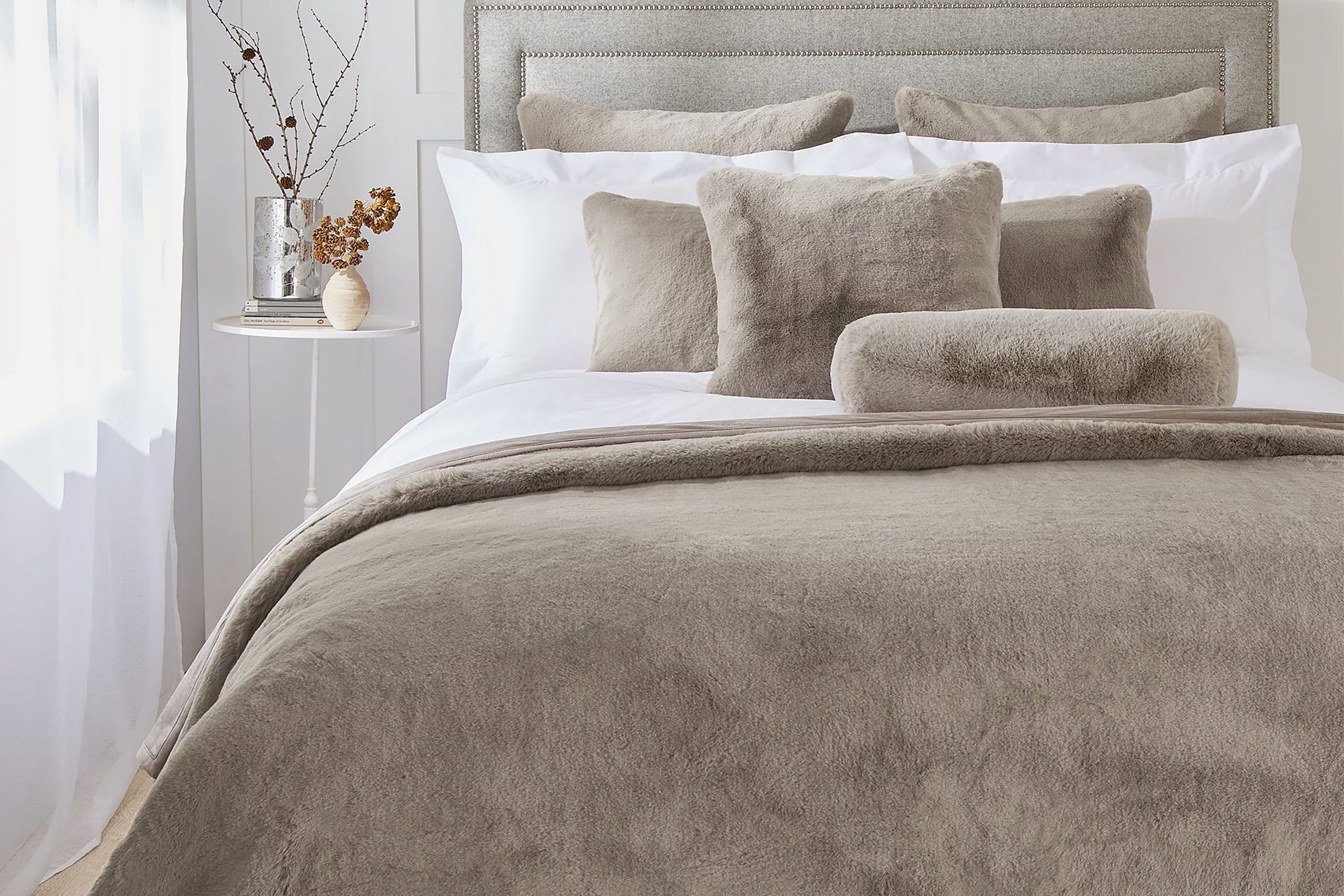Throw blankets are not something to be thoughtlessly tossed into a shopping basket, despite the name. Depending on the materials used, the location of production, and the reputation of the artisans, they can be rather costly. Unlike other types of bedding, throws come in a dizzying array of textures, patterns, weights, and material combinations. Read on if you share our appreciation for the finishing touches that complete a room’s decor. You’ve also found the proper spot if you’re looking for the greatest throw blanket available quickly and without any hassle. Find the most comfortable and versatile large throws for decorating, snuggling, picnics, and more below!
How to Choose the Perfect Blanket or Throw?
The warmth, softness, and overall quality of a blanket all depend on the material it’s made from. There is a direct correlation between the conditions under which a material is formed and its final appearance when it is made of natural elements. However, synthetics have gone a long way in their creation, and some even outperform natural fibers like wool, cashmere, and fur in terms of weight, feel, appearance, and performance. Think about where you want to put the throw, if there is a particular color or design plan you have in mind, and how big you want it to be before deciding on the material. Does a shortage of closet space need a more aesthetically pleasing blanket for your Netflix binge? Is it necessary to add throws for warmth if there is plenty of room? So that you get exactly what you want the first time and don’t waste money on replacements, we’ve outlined the most important factors to think about when buying for a throw blanket.
Material
There are some stylish synthetic blankets out there, but they’re not common, and the ones that do exist often skimp on comfort or longevity. While this is not always the case, it is something to consider when shopping for a soft, attractive, and long-lasting throw made of polyester, nylon, or another synthetic blend. We were pleasantly surprised to find that blankets made from a combination of cotton, wool, cashmere, and even polyester or nylon were among the softest and longest-lasting samples we had studied.
Care
Keep in mind that if you don’t wash and dry your cashmere and wool correctly, they will shrink, mat, and change shape in other undesirable ways. Cleaning your blanket according to the manufacturer’s guidelines is ideal, but if you can’t find them, try dry cleaning it or washing it by hand in cold water with a gentle detergent and letting it dry naturally. Synthetics are often machine-washable, but it’s important to read the care label to make sure the blanket’s cleaning requirements are suitable for your routine.
Size
The standard size for a throw blanket is 50 inches by 60 inches. This is because its primary use is not as a bed covering, but rather as a decorative accessory for a space, even if it is occasionally used as a bed covering or for cuddling up on the couch. Brands have responded by offering items with longer, broader, or otherwise more substantial large throws, as this is often the case, especially for individuals who work or study from home. Though they may fall short of the Queen standard, bigger throws are preferable if snuggling up in one is as essential to you as showing it off. Think about the place you want to drape (and store!) your throw blanket before purchasing one that is overly large.

valacyclovir 500mg cost – buy valacyclovir paypal buy fluconazole 200mg